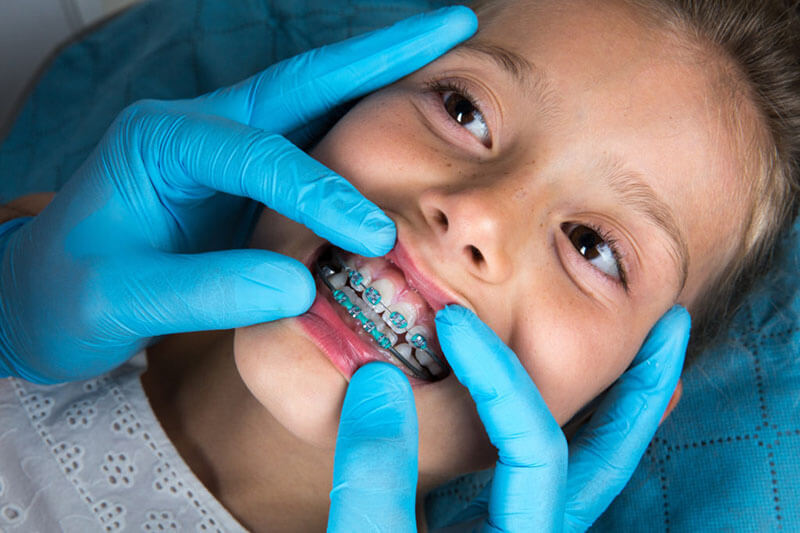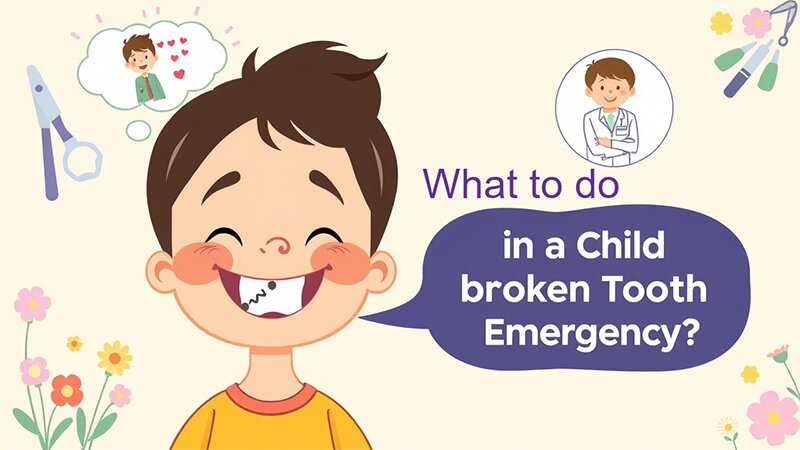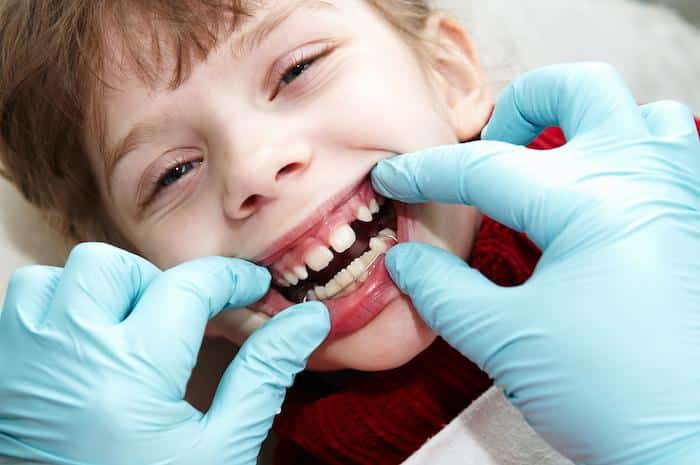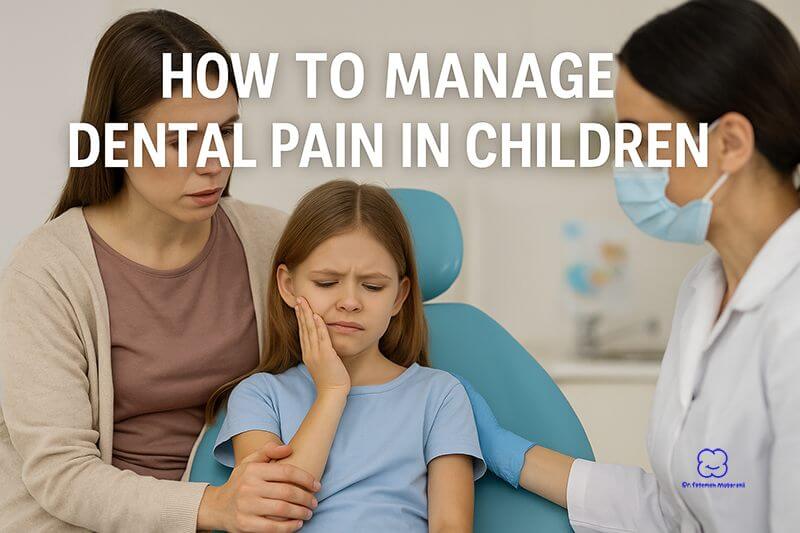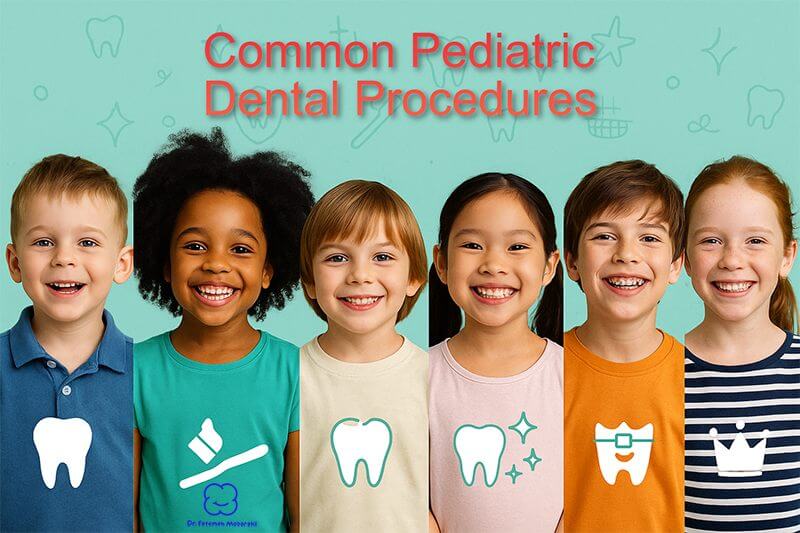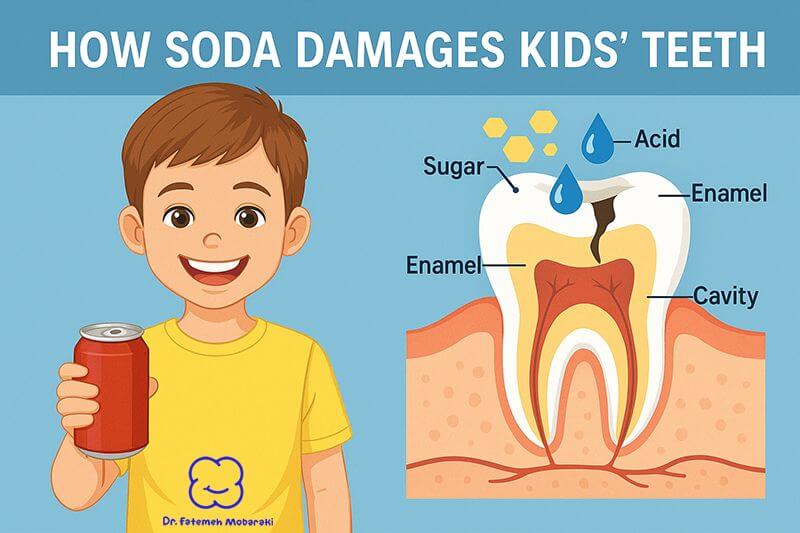Baby teeth extraction for braces
Baby teeth extraction for braces is a typical technique accomplished by orthodontic professionals to address different dental problems. In this article, we will delve deeper into the causes of why baby teeth sometimes need to be extracted for braces, when tooth extraction is essential, and how the procedure works. We will also provide tips on what to do after the extraction to stimulate proper recovery. If you’re a parent who wishes to know more about this process, read on to learn from the specialists.
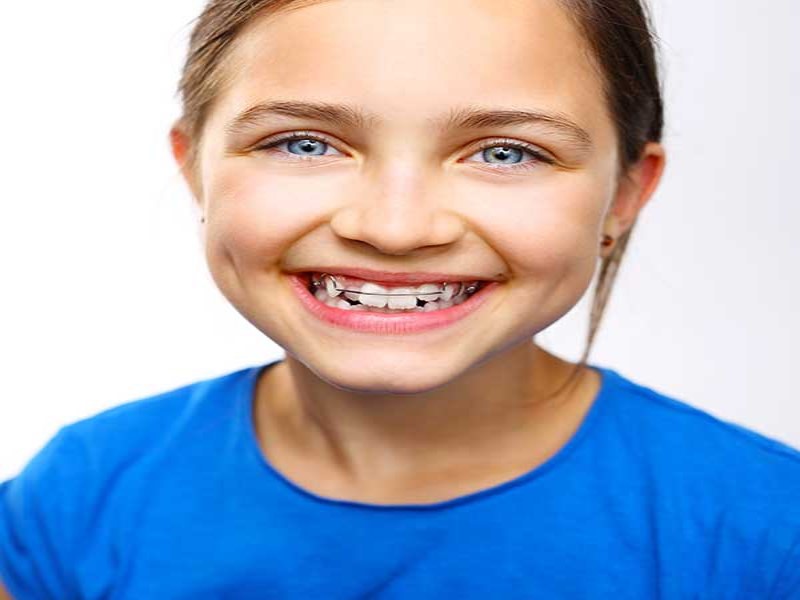
Why Baby Teeth Need to Be Extracted for Braces
Baby teeth are removed for braces for a variety of reasons, such as:
Crowding
Since baby teeth are smaller than permanent teeth, they may need to be removed if a child’s mouth is too tiny to hold all of their permanent teeth. This will provide room for the upcoming adult teeth.
Correcting Misalignment
Because severely misaligned or improperly positioned baby teeth can make permanent teeth appear out of alignment or excessively crowded, some baby teeth may need to be extracted. This may lead to a more effective and successful orthodontic treatment using braces.
Tooth Impaction
Baby teeth that haven’t naturally fallen out might occasionally obstruct or impede the growth of permanent teeth. In some situations, baby teeth extraction for braces can make room for the impacted teeth to break through the gums and align themselves correctly with braces.
Dental Crowns or Restorations
It could be required to extract a baby tooth before receiving orthodontic treatment if it has significant decay, damage, or structural problems. This frees up room for potential dental restorations like bridges or implants down the road and enables the orthodontist to concentrate on straightening the healthy teeth that are still there.
Orthodontic Treatment Plan
Each person’s orthodontic strategy is different. In some situations, a child’s dental problems and the treatment objectives may call for the removal of baby teeth in order to get the best outcomes from braces.
When to Extract Baby Teeth for Braces
Baby teeth extraction for braces is done by the orthodontist when the following situations occur: extreme crowding and excessive retention of primary teeth.
Overcrowding
An overcrowded mouth can frequently be treated with additional orthodontic procedures. For this issue, braces and palatal expansion are two popular treatments. Primary teeth occasionally cause issues and need to be removed. Teeth that are too closely spaced together are harder to keep clean and are more prone to decay and gum disease.
When they result in poor alignment, it can create a variety of issues, such as muscular tension, TMJ dysfunction, migraines, and tooth enamel that wears off far more quickly than it should.
Over-retained Primary Teeth
Primary teeth that have been overly retained occur when a child’s baby teeth are present in the mouth for an extended period of time after they should have fallen out, typically more than a year. Sometimes, the gums around these teeth have relaxed, then tightened around them, preventing the permanent teeth from properly erupting.
The permanent tooth may erupt above the primary tooth if the original tooth is not removed, leading to extremely poor alignment and crowding. Over-retained teeth can tilt nearby permanent teeth, causing misalignment, cavities, and periodontal issues.

Steps and How it Works to Extract baby teeth
Baby teeth extraction for braces works under the following steps:
Step 1:
In the first step, the dentist performs a thorough examination, frequently involving X-rays, to identify the source of the issue and ensure that no alternative therapies would be effective.
Step 2:
The second step involves giving local anesthesia. Most kids will be OK having a baby tooth pulled using only a local anesthetic as primary teeth are generally easy to remove. Similar to the type used to treat cavities, this substance is injected close to the tooth, temporarily numbing the area.
Sedation is sometimes necessary for youngsters to get through dental work. The dentist may provide nitrous oxide (laughing gas), conscious sedation, or unconscious sedation for these kids.
Step 3:
Using little equipment, the specialist carefully removes the tooth in the third step. Primary tooth extraction is typically a quick and easy process.
Step 4:
After the gum has healed, the orthodontist continues with any more work that is required. Depending on the child’s mouth, they might just require tooth extraction, after which the dentist will watch to see how the permanent tooth erupts. Sometimes baby teeth extractions for braces are a component of a more extensive treatment plan that also includes appliances like orthodontics, palatal expanders, space maintainers, and braces.
What to Do After Baby Teeth Extraction for Braces
Depending on the child, they can have some tenderness or discomfort for a few hours or days following an extraction. There are a few things parents may do to lessen this and promote the quickest possible healing:
- Never allow the kids to eat with a numb mouth! They typically bite their tongues and inner cheeks as a result of this, which makes them feel the pain they wouldn’t ordinarily feel.
- Provide ibuprofen if necessary.
- For a few days following the treatment, give the youngster a lot of soft food such as yogurt, smoothies, soups, scrambled eggs, and soft fruit like bananas and melons to consume.
- Keep the kid from consuming liquids using a straw, sippy cup, or thermos that involves sucking motions. The mending blood clot may become dislodged as a result.
- Clean the area gently and don’t forget to help the child brush and floss their teeth.
-
Conclusion
Baby teeth extraction for braces is a frequent procedure among orthodontic specialists to treat a range of concerns including overcrowding, misalignment, tooth impaction, and other dental issues. A thorough examination, local or sedation anesthesia, tooth extraction, and meticulous aftercare are all parts of the procedure. If a kid has specific orthodontic needs, it is important to contact an orthodontist or dental specialist to decide whether baby tooth extraction is necessary and appropriate.

